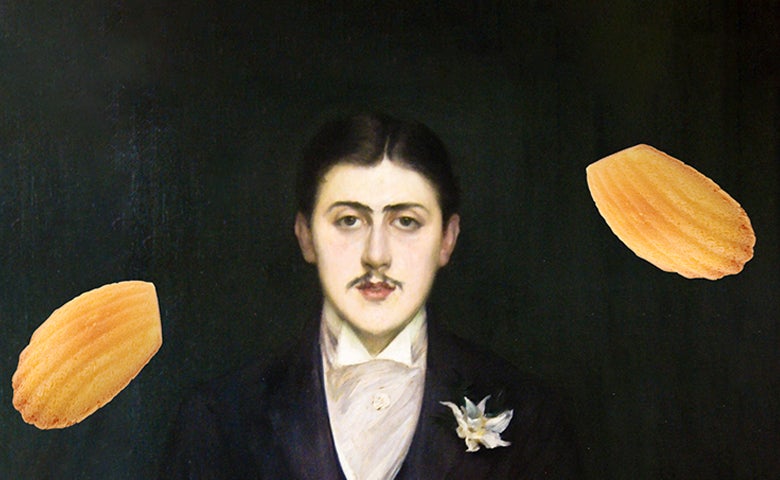< Back to Fall 2020/Winter 2021
Cover Story
Memories Are Made of This …
Memory forges who we are. It is both a bridge to our past and — if we succeed in absorbing the lessons it has to offer — a valuable resource to illuminate our path toward a better future.
But memory is tricky. A double-edged sword, it brings comfort and joy, pain and regret. “I have a terrible memory; I never forget a thing,” wrote novelist Edith Konecky in 1976.
Arguably the world’s most celebrated writer about memory, Marcel Proust may have summed it up best almost a hundred years ago: “We are able to find everything in our memory, which is like a dispensary or chemical laboratory in which chance steers our hand sometimes to a soothing drug and sometimes to a dangerous poison.” The French author and essayist made real for generations of readers the idea of involuntary memory with his unforgettable evocation of how the prosaic act of dunking a small French sponge cake known as a madeleine into his tea as an adult unleashed a flood of childhood experience in his novel A La Recherche du Temps Perdu (In Search of Lost Time)
Memory is also unreliable. “There are things I remember which may never have happened, but as I recall them so they take place,” wrote Nobel Prize-winning British playwright Harold Pinter in his Proustian play, Old Times, in 1971. Or as American novelist, essayist and poet Barbara Kingsolver put it, “Memory is a complicated thing, a relative to truth but not its twin.”
But if memory has its drawbacks, it also has the power to transport us to paradise. In a letter to a friend in 1879, Emily Dickinson wrote, “I think Heaven will not be as good as earth, unless it bring with it that sweet power to remember, which is the staple of Heaven here.”
This issue of USC Dornsife Magazine explores memory from many different angles: from a history scholar’s research into the deadly floods of 1861–62 to the ways politicians and advertisers create memorable messaging, and from a profile of an alumna who, as a child, escaped the Liberian civil war to begin a new life in the United States to how new technologies are revolutionizing the ways we remember and commemorate those we love and admire.
Our cover, by graphic designer Dennis Lan, illustrates the vivid private world we all carry with us inside our heads. Dennis wrote of his inspiration, “My main idea is how digging into memory can be an inward-looking adventure. I also try to suggest our memory is not fixed or sealed but a growing, fluid thing. I try to create imagery that evokes emotions (and maybe a tad of nostalgia, as well).”
We think he has succeeded magnificently. We hope you agree.
Susan Bell
Editor-in-Chief
USC Dornsife Magazine
